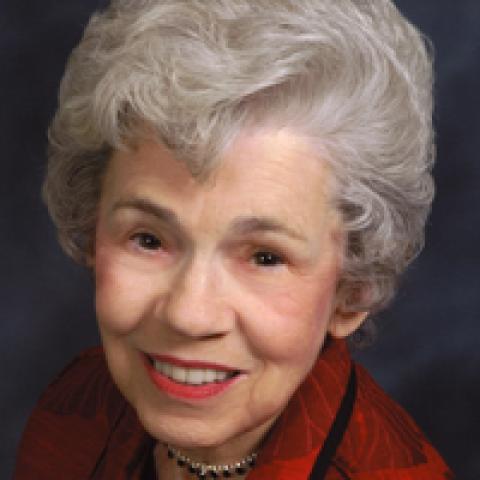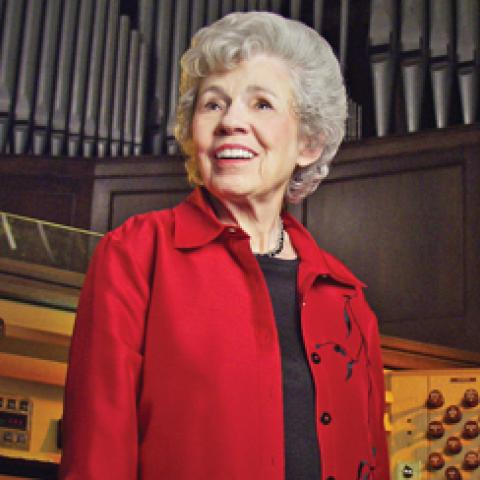Internationally known organist Wilma Jensen will perform an organ recital at St.
George’s Episcopal Church, 4715 Harding Road, Nashville, Tennessee, on Sunday, March 8 at 3 pm. She will lead a masterclass at St. George's on Monday, March 9, beginning at 10 am.
Dr. Jensen was Choirmaster/Organist at St. George’s for nineteen years. Sunday’s recital is
in celebration of her 80th birthday. The concert is free and open to the public. The
program opens with the famous Toccata and Fugue in D minor of J.S. Bach and includes
the Adagio for Strings by Samuel Barber and Allegro from Symphony VI by Widor.
Other repertoire from France, England and the United States shows the many colors of
the Casavant organ.
Dr. Jensen’s own extensive concert career has taken her throughout the U.S. and around
the world, including tours of Norway, Sweden, Denmark, West Germany, France,
Poland, England and The Netherlands. She is currently in demand for organ
masterclasses, church music workshops and recitals throughout the country.
Wilma Jensen to celebrate 80th birthday with recital on March 8
St. George's Episcopal Church




